Annibale Carracci (1560-1609)
Get a Carracci Certificate of Authenticity for your painting (COA) for your Carracci drawing.
For all your Carracci artworks you need a Certificate of Authenticity (COA) in order to sell, to insure or to donate for a tax deduction.
Getting a Carracci Certificate of Authenticity (COA) is easy. Just send us photos and dimensions and tell us what you know about the origin or history of your Carracci painting or drawing.
If you want to sell your Carracci painting or drawing use our selling services. We offer Carracci selling help, selling advice, private treaty sales and full brokerage.
We have been authenticating Carracci and issuing certificates of authenticity since 2002. We are recognized Carracci experts and Carracci certified appraisers. We issue COAs and appraisals for all Carracci artworks.
Our Carracci paintings and drawings authentications are accepted and respected worldwide.
Each COA is backed by in-depth research and analysis authentication reports.
The Carracci certificates of authenticity we issue are based on solid, reliable and fully referenced art investigations, authentication research, analytical work and forensic studies.
We are available to examine your Carracci painting or drawing anywhere in the world.
You will generally receive your certificates of authenticity and authentication report within two weeks. Some complicated cases with difficult to research Carracci paintings or drawings take longer.
Our clients include Carracci collectors, investors, tax authorities, insurance adjusters, appraisers, valuers, auctioneers, Federal agencies and many law firms.
We perform Annibale Carracci art authentication, appraisal, certificates of authenticity (COA), analysis, research, scientific tests, full art authentications. We will help you sell your Annibale Carracci or we will sell it for you.
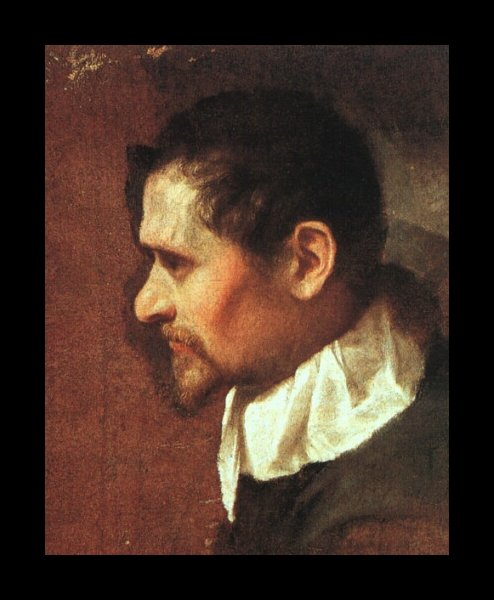
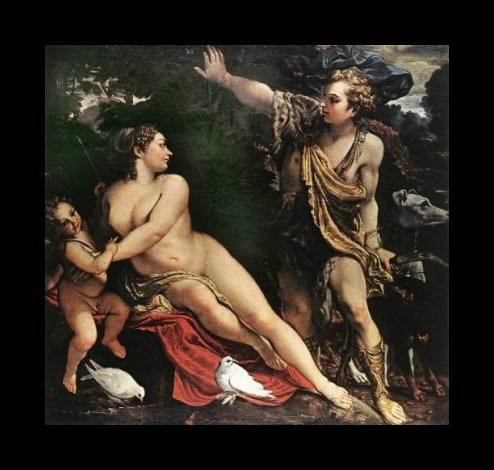
Annibale Carracci was a 16th century Italian painter, engraver and etcher. Born in the city of Bologna, he was one of the finest painters of his era. Along with his brother Agostino and his cousin Lodovico, the Carracci family of painters was very prominent artists and was very progressive in their time. During the height of their careers, the Carracci’s were working against the popular “Mannerist” styles of the day and created striking and unique compositions.
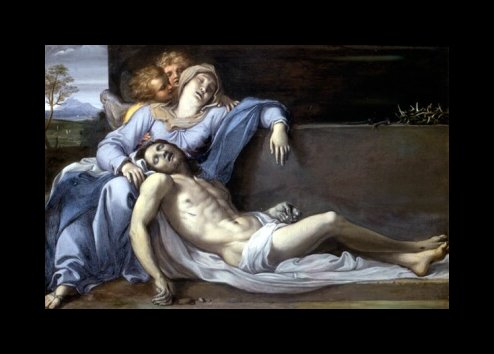
Some critics say that it is difficult to distinguish one Carracci from another in their early works because their styles were so similar. However, it is generally agreed that Annibale became by far and large the most talented of the three. He worked alongside his brother and his cousin at the painters academy that they opened, Academy of Desiderosi, as well as the “School of the Eclectics” until he was called away to work in Rome.
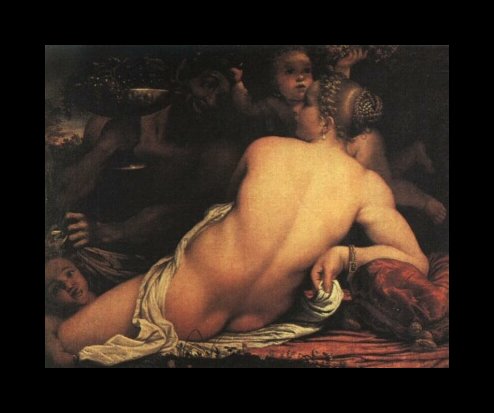
While in Rome, Carracci was commissioned by the Cardinal Odoardo Farnese to decorate the Farnese Gallery. He painted frescoes on the ceilings and walls telling out the stories of the gods in High Renaissance style, inspired by the works of fellow masters Michelangelo and Raphael. This was considered his greatest masterpiece, and to create this ambitious project, he created literally hundreds of preparatory sketches. While in Rome, he also created a number of paintings that were very striking including genre scenes and landscapes.

Towards the end of his life, Carracci became very depressed and did not produce much after 1606. After his death in 1609, his engravings and paintings of the human form were used as inspiration for countless students for over 200 years.
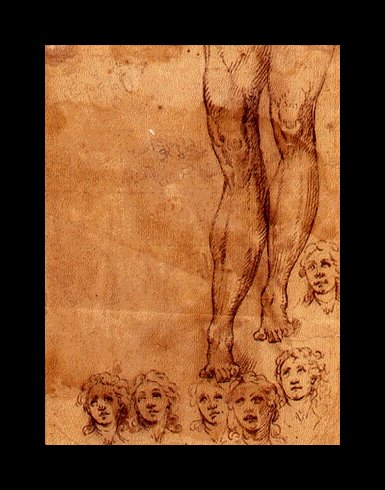
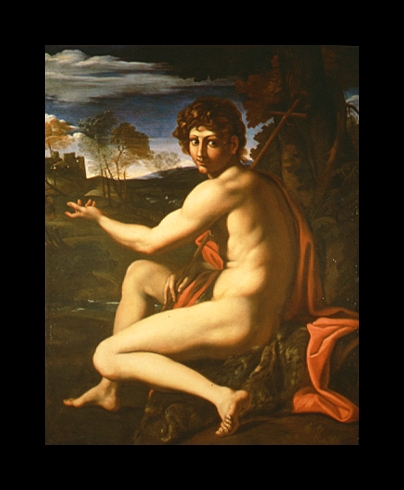
Carracci, though not as widely known as some of his 16th century Italian contemporaries, was a fairly progressive artist. Some art historians credit him as the inventor of the caricature. He was also a very free spirited and unrestricted artist in terms of his genre pieces which featured unique and less formal themes and subjects for his time period. During the 19th century, the Carracci’s became almost completely forgotten when Italian art critic John Ruskin panned all of their works as being unoriginal, colorless, thoughtless and basically no good. The Carracci name has since been redeemed and catapulted into the ranks of Raphael and Rubens, both of which admired their work.
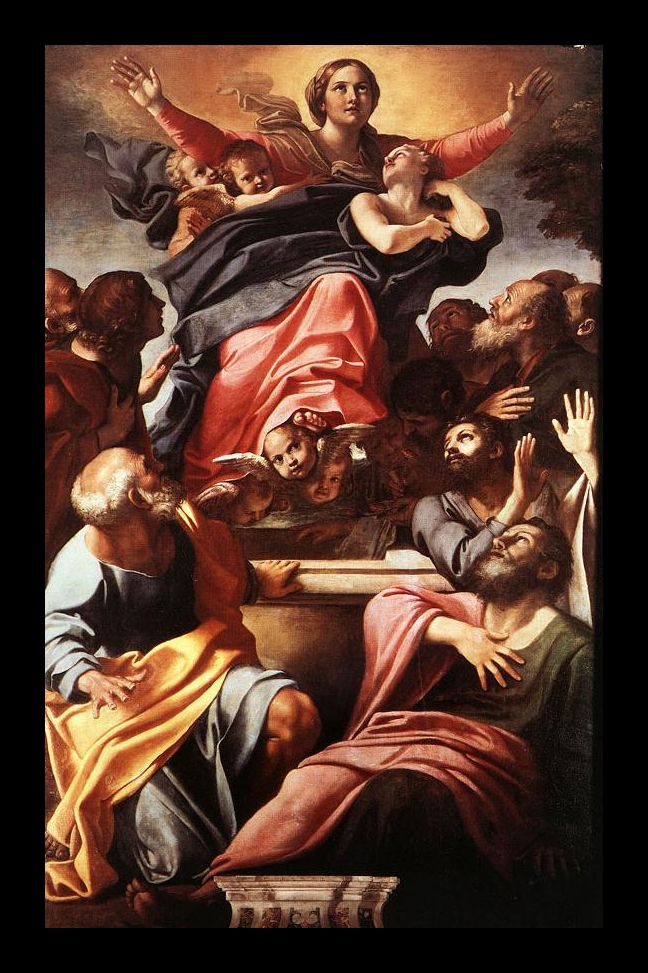
Still wondering about a 16th century Italian painting in your home? Contact us…it could be by Annibale Carracci or one of his relatives.
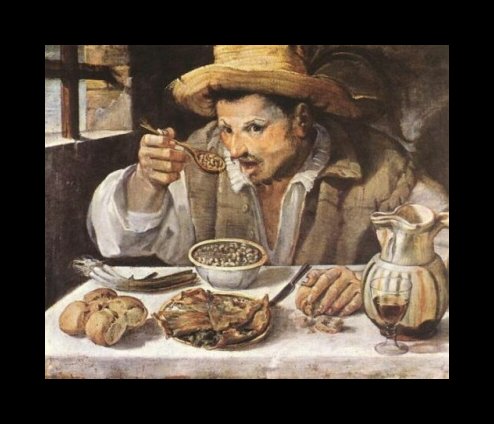
The Beaneater
A Lost Carracci Found

The painting was well known to scholars, from early copies and engravings, but the original was one of the many lost masterpieces. The whereabouts of “Montalto Madonna” were unknown and had apparently disappeared early. The last mention of it was in 1672 by the biographer Gian Pietro Bellori.
Since then, no one knew if the painting had been destroyed or perhaps had survived somewhere. After more than 300 years of mysterious absence, someone casually walked in with a dusty painting they had inherited, wrapped in an old dog blanket, to have it looked at and appraised.
Painted on a copper sheet, it was very dirty but in marvelous condition, underneath the grime and centuries of fireplace and candlelight smoke deposits. It was purchased by the City of Bologna, the birthplace of the famous master.
Reviews
1,217 global ratings
5 Star
4 Star
3 Star
2 Star
1 Star
Your evaluation is very important to us. Thank you.
